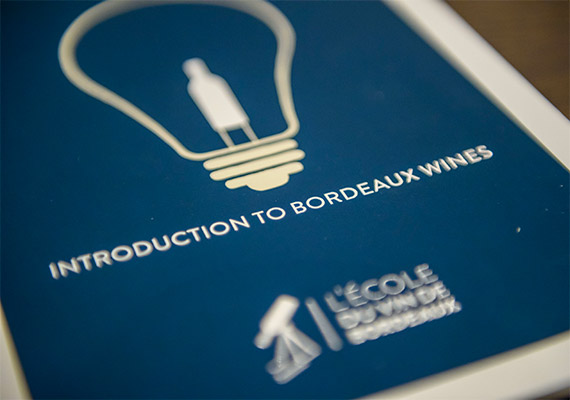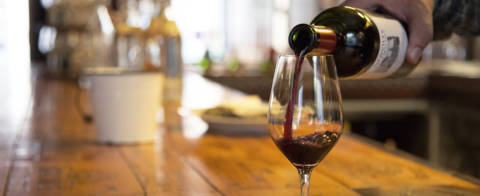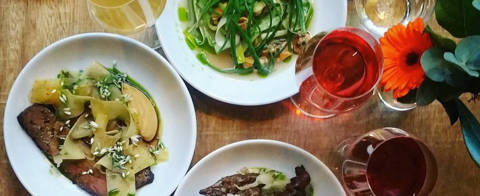The necessary cookies allow the site to function properly.
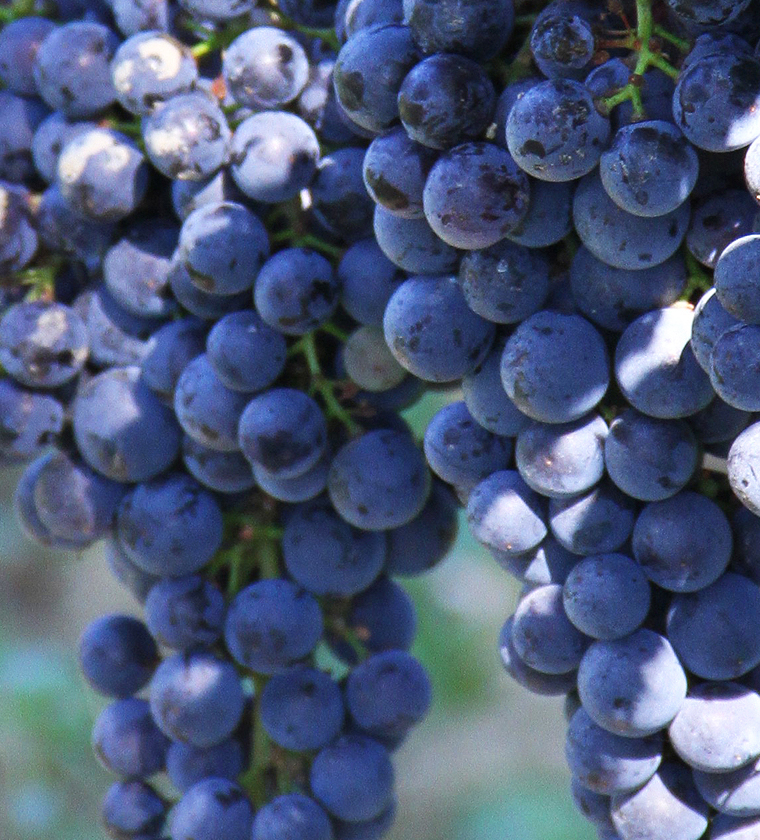
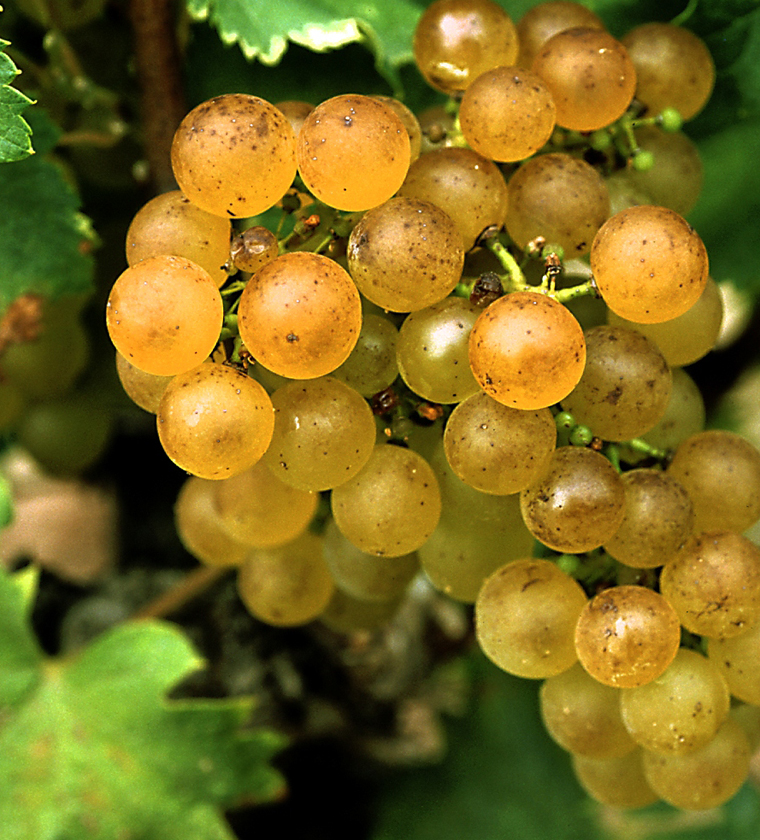
Ode to the many facets of Bordeaux wine
- Variety of the grapevine, Vitis vinifera -
From one grapevine to another, differences exist in the shape of the leaves, in the grape clusters and colors, in the compositions and aromas. With the passing of the centuries, humans have honed and refined their understanding of grape varieties and adapted their work to the specific terroirs, preserving and perfecting the unique character of each variety.
Two Bordeaux signatures!
Palette of grape varieties
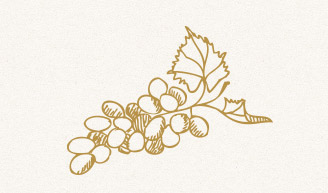
Six main varieties, three red and three white, are used for winemaking in Bordeaux. In-depth knowledge of the soils has made it possible to alter the choice of varieties to make the most of the aromatic dimension of the wines. Complementary varieties, called “auxiliary,” are present in lesser quantities and can help bring out a wine’s specific personality during assemblage, or blending.
Notes and aromas for a blended wine

The specific aromas of each grape variety blend together in assemblage to create a unique wine. One of the things that make Bordeaux wines so unique is that they are created by a blend of several grape varieties. Each grape variety has its characteristics, soil, and microclimate: it is the mastery of these combinations that makes Bordeaux wines so unique.
